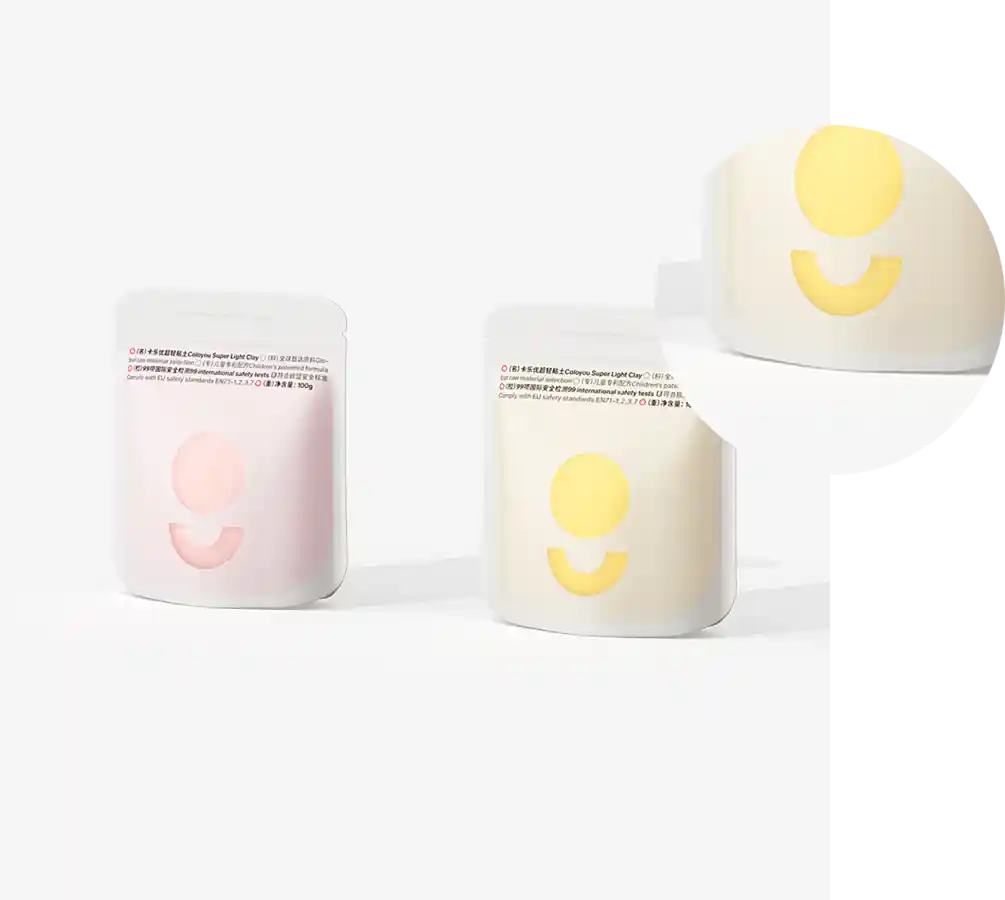- Afrikaans
- Albanian
- Amharic
- Arabic
- Armenian
- Azerbaijani
- Basque
- Belarusian
- Bengali
- Bosnian
- Bulgarian
- Catalan
- Cebuano
- chinese_simplified
- chinese_traditional
- Corsican
- Croatian
- Czech
- Danish
- Dutch
- English
- Esperanto
- Estonian
- Finnish
- French
- Frisian
- Galician
- Georgian
- German
- Greek
- Gujarati
- haitian_creole
- hausa
- hawaiian
- Hebrew
- Hindi
- Miao
- Hungarian
- Icelandic
- igbo
- Indonesian
- irish
- Italian
- Japanese
- Javanese
- Kannada
- kazakh
- Khmer
- Rwandese
- Korean
- Kurdish
- Kyrgyz
- Lao
- Latin
- Latvian
- Lithuanian
- Luxembourgish
- Macedonian
- Malgashi
- Malay
- Malayalam
- Maltese
- Maori
- Marathi
- Mongolian
- Myanmar
- Nepali
- Norwegian
- Norwegian
- Occitan
- Pashto
- Persian
- Polish
- Portuguese
- Punjabi
- Romanian
- Russian
- Samoan
- scottish-gaelic
- Serbian
- Sesotho
- Shona
- Sindhi
- Sinhala
- Slovak
- Slovenian
- Somali
- Spanish
- Sundanese
- Swahili
- Swedish
- Tagalog
- Tajik
- Tamil
- Tatar
- Telugu
- Thai
- Turkish
- Turkmen
- Ukrainian
- Urdu
- Uighur
- Uzbek
- Vietnamese
- Welsh
- Bantu
- Yiddish
- Yoruba
- Zulu
thc edible packaging
The Importance of Responsible THC Edible Packaging
As the legal cannabis market continues to expand, particularly for THC-infused edibles, the importance of effective and responsible packaging cannot be overstated. Creative and appealing packaging can significantly influence consumer choice, while also serving a critical role in safety and compliance. This article explores the multifaceted aspects of THC edible packaging, emphasizing its significance in promoting responsible consumption and public health.
Regulatory Compliance
One of the primary considerations in THC edible packaging is adherence to existing regulations. Most jurisdictions require that cannabis products, especially those with psychoactive components like THC, meet stringent packaging and labeling standards. These regulations often mandate child-resistant packaging, clear dosage information, and cautionary statements about the effects of THC. Compliance not only protects consumers, particularly minors, but also helps build trust in the industry. Brands that prioritize regulatory compliance are more likely to thrive in a competitive market.
Safety and Child-Resistant Features
Child-resistant packaging is a legal requirement in many areas where THC edibles are sold. This type of packaging is designed to prevent unintended consumption by children, thereby reducing the risk of accidental overdoses. There are various types of child-resistant mechanisms, such as squeeze-and-turn caps or pouches that require multiple actions to open. Implementing these features not only complies with regulations but also demonstrates a brand's commitment to consumer safety.
Informative Labeling
In addition to safety features, effective labeling on THC edible packaging is crucial. Clear information regarding dosage, ingredients, and potential allergens helps consumers make informed choices. With edibles, the concentration of THC can vary significantly; therefore, exact dosage per serving should be prominently displayed. Brands that include responsible messaging, such as “Start low and go slow,” can educate consumers about the effects of THC and encourage safer consumption practices.
thc edible packaging

Sustainability Considerations
As consumer awareness of environmental issues grows, sustainable packaging has become increasingly important in the cannabis industry. Brands are continually seeking ways to utilize eco-friendly materials that are recyclable or biodegradable. Utilizing sustainable packaging not only aligns with environmental values but can also attract eco-conscious consumers. By opting for greener alternatives, companies can contribute positively to the environment while enhancing their brand image.
Aesthetic Appeal and Branding
While compliance and safety are paramount, the aesthetic aspect of THC edible packaging should not be neglected. The cannabis market is highly competitive, and visually appealing packaging can attract consumers' attention. Brands often invest in unique designs that reflect their identity and values, using vibrant colors and creative graphics that resonate with their target audience. However, it’s vital that the design does not glamorize the product or make it appealing to children. Striking a balance between creativity and responsibility is essential.
Conclusion A Responsibility to Consumers
As the cannabis industry evolves, the responsibility surrounding THC edible packaging becomes increasingly critical. From regulatory compliance and safety features to clear labeling and sustainability, every aspect of packaging must be thoughtfully considered. Companies that prioritize responsible practices in their packaging not only protect consumers but also contribute to the maturation of the cannabis industry.
As consumers become more informed and discerning, the importance of responsible packaging will only grow. The future of THC edibles lies in the hands of responsible manufacturers who recognize that packaging is not just a protective layer, but a vital communication tool. It’s an opportunity to promote safety, educate consumers, and build a brand that people can trust. With thoughtful and innovative approaches to packaging, the cannabis industry can align with public health interests while continuing to flourish in a legal market.













